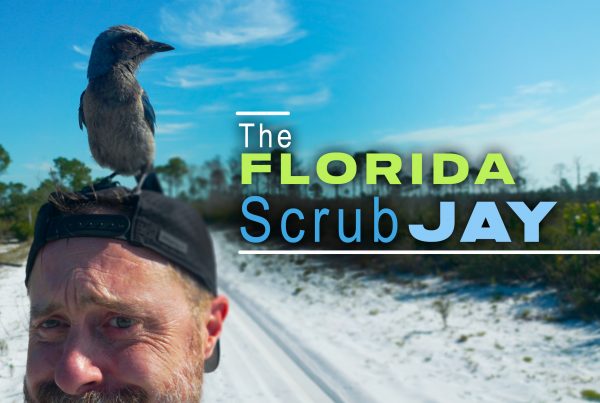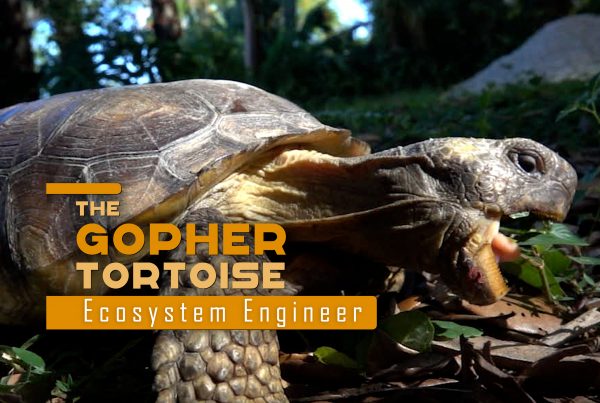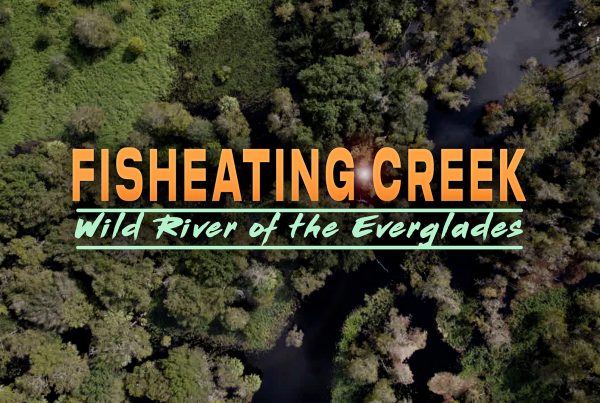It’s like a submarine salad…a squishy, slimy slithering salad.
- Chloroplast: A term used to describe the phenomenon whereby chloroplasts are sequestered and temporarily used by a host organism
- Kleptoplasty: A term used to describe the phenomenon whereby chloroplasts are sequestered and temporarily used by a host organism
- Autotroph: Literally means “self-feeding,” a “producer” that produces complex organic compounds through either the process of photosynthesis or chemosynthesis
- Heterotroph: An organism that cannot synthesize its own food and must ingest complex organic substances for nutrition
The lettuce sea slug, or Elysia crispata, is a salt water mollusk (mollusca) in the Class Gastropoda which includes all snails and slugs.
The lettuce sea slug can be found in the clear tropical waters of the Caribbean and around South Florida and its preferred habitat is sea grass beds.
Chew on this:
This beautiful little creature is only about 5 centimeters long, and it really does resemble a piece of lettuce! It is sometimes called the solar-powered sea slug, and here’s why. As the lettuce sea slug dines on green algae, some of the chloroplasts of the algae become incorporated into the tissue of the slug where they continue to carry on photosynthesis. This remarkable form of symbiosis, which provides food for the lettuce sea slug, is called kleptoplasty. You can also say that because of this symbiotic relationship, the lettuce sea slug is both a heterotroph and an autotroph!
Coming soon




